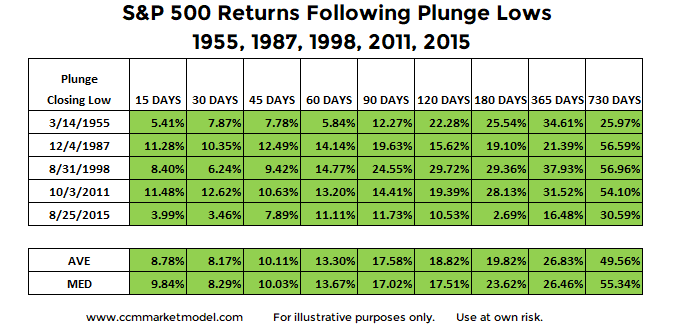PRESS IS IN THE EYEBALL BUSINESS
Financial networks and websites are in the eyeballs and click business; not that there is anything wrong with that. The uncertainty related to a possible trade war between the United States and China is good for attracting eyeballs and generating clicks. Therefore, some of what has been written needs to be taken with a "what business are they in" grain of salt.
A PRUDENT LOOK AT BOTH ENDS OF THE TRADE SPECTRUM
Are there reasons to be concerned? Yes
Are there reasons to believe the worst may be behind us? Yes
CASE A: WE ARE NEARING THE PEAK OF FEAR ON THIS TOPIC
A rational argument can be made that Trump's tariffs are nothing more than a negotiating tactic to increase leverage when discussions begin with China. China's response to Trump's moves have basically the same "we will not be pushed around at the negotiating table " objective.
“Now listen to me. I am negotiating. Negotiation, this is what you do in business.”
A protracted trade war is not in either side's best interest. Tariffs, even the threat of tariffs, create numerous squeaky corporate wheels for Trump in the United States and for Xi Jinping in China. Nobody wants to deal with squeaky wheels for a protracted period; it can be very draining.
Trump is most likely looking for some way to declare victory or show some progress on the China trade topic before midterm ballots are cast. He has some specific objectives, including steel, aluminum, market access, and intellectual property; hence the need for proposing to enact several tariffs. China has simply responded in kind to maintain a powerful posture. Trump does not want this topic in the problem hopper when midterms arrive; China does not want to be perceived globally as anti-free trade.
Trump was fairly silent on this topic for a few days that were marked by wild swings in the financial markets. His April 4 tweet may mark the end of that silence and signify he wants to tone down the rhetoric and move closer to the negotiation/resolution phase. If that is the case, which is still to be determined, it is possible today marked peak news-cycle-fear on the trade war topic.
CASE B: EGOS COME INTO PLAY
We would like to think the leaders of the United States and China can exercise the proper self control going forward, allowing for an eventual shift away from a ping-pong game of tariff announcements and toward the negotiation/resolution phase.
Unfortunately, when power, egos, and politics are involved, anything can happen, including an escalation from a trade battle to a full-blown trade war. Therefore, while it is prudent to run through a few "what if" scenarios, we must remain flexible, disciplined, and open to all outcomes from an investment management perspective, which is exactly what we will do.






